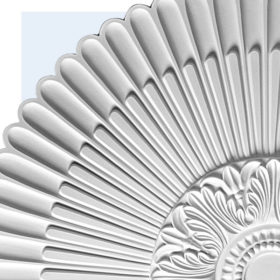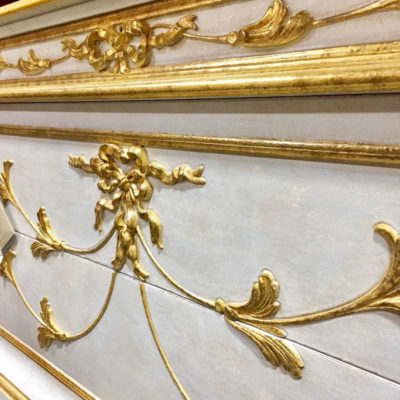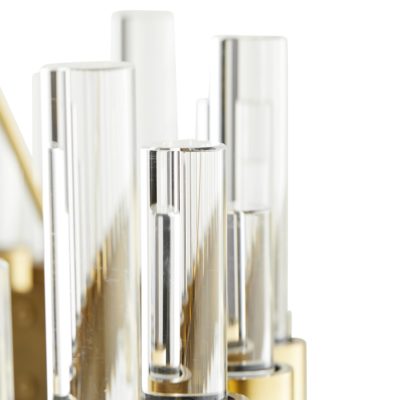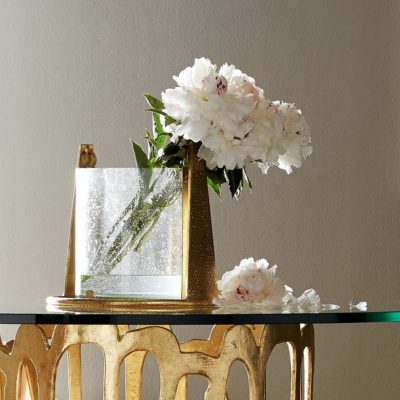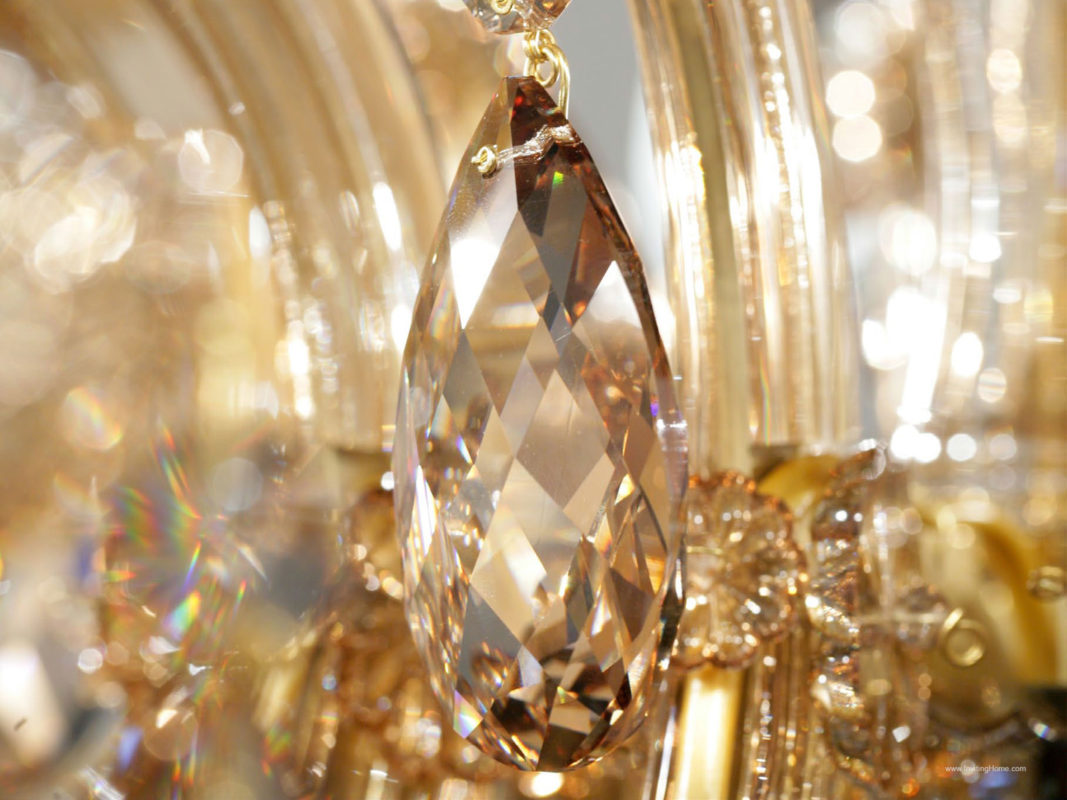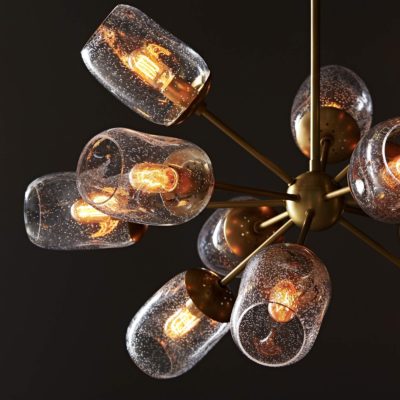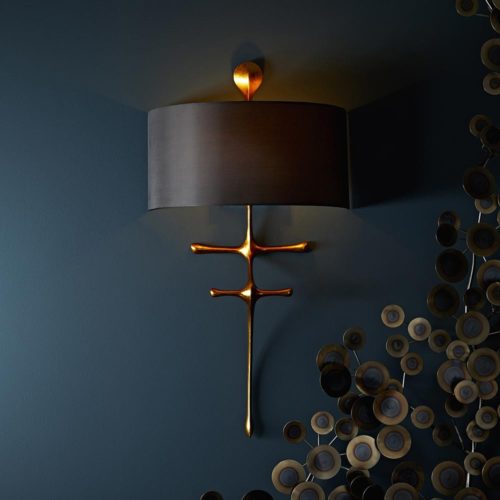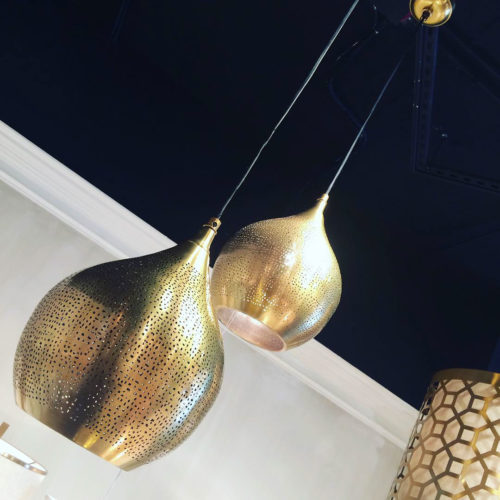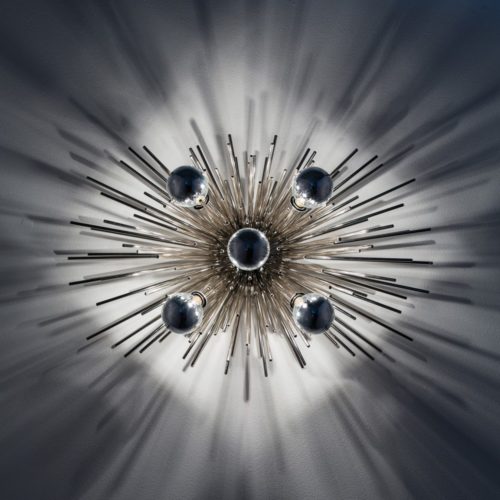Czech crystal chandeliers illuminate palaces, parliaments, governmental residences, concert halls and many sanctums around the world. Czech crystal chandeliers are often called “crystal suns,” which is a sun that never sets and will remain forever as the pride of the Czech glass craft.
about Czech Crystal
More than 500 years ago, in the territory of the former Kingdom of Bohemia, skilled craftsmen began to discover ways of molding glass into beautiful shapes. By the beginning of the 17th century, Bohemian glassmakers were manufacturing glass of such quality that it closely resembled natural crystal.
Since the 17th century, Bohemia has been the center of the crystal glass industry. Originally, sodium oxide was used as a smelter, which helped facilitate production; however, this had an effect on the hardness of the glass. Due to technological advancements during the crystal production era in Bohemia, an ideal type of crystal glass was created and best suited for engraving and cutting. This Czech crystal has been noted as one of the best in the industry for over a century.
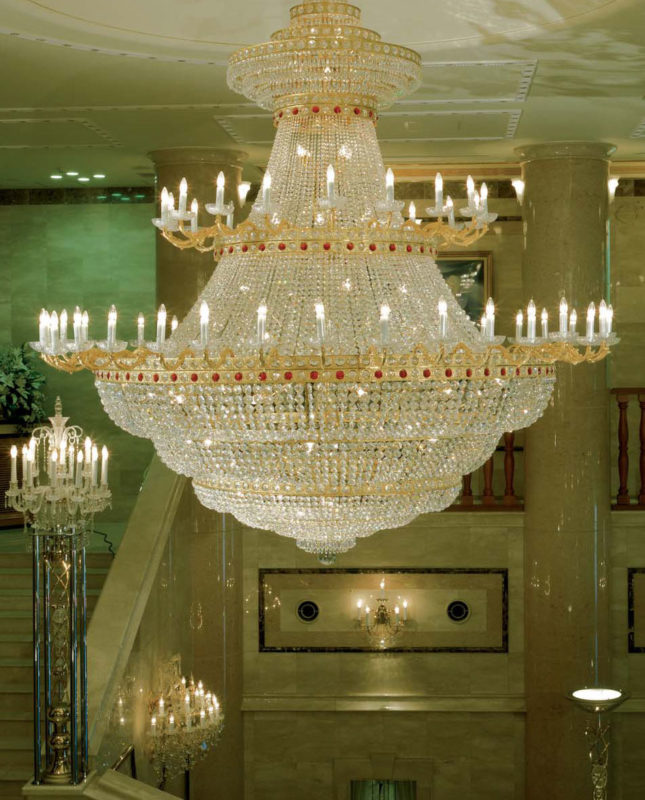
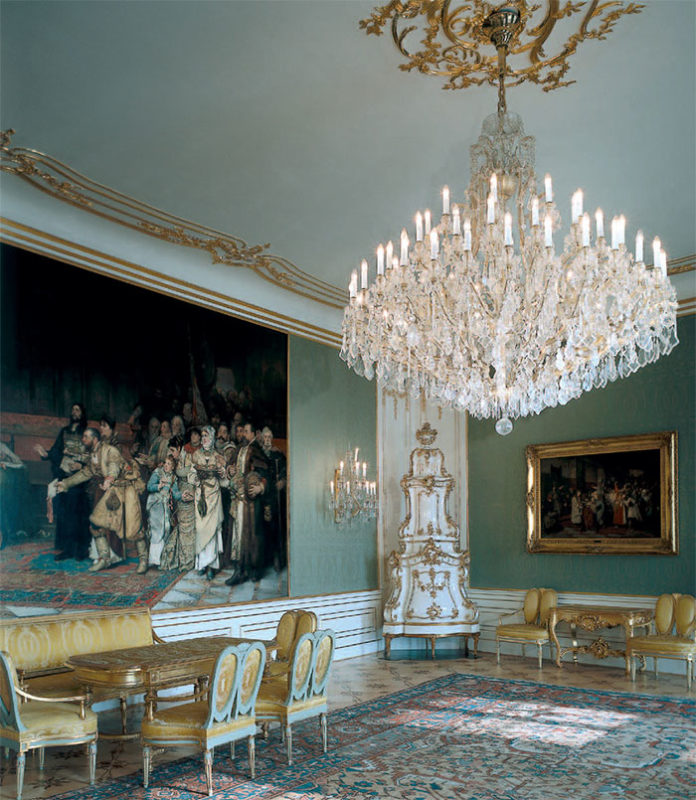
The Prague Castle, Prague, Czech Republic 1986
Admirers in High Society
The chandeliers from Kamenicky Senov were much sought after by the aristocracy of the 18th century. The palaces of Louis XV, the King of France, Maria Theresa, the Empress of Austria, and Elisabeth, the Czarina of Russia, were among those for which original Bohemian chandeliers provided the crowning touch.
Symbols of the love of art, of good taste, wealth and nobility, the chandeliers from Kamenicky Senov can be found in luxurious buildings all over the world.
Czech crystal glass holds a particular term in the chandelier industry. As a symbol of quality, craftsmanship, and beauty, this glass has been sought after ever since it dominated the European chandelier market after the 17th century. In 1724 Josef Palme a famous glass cutter obtained Royal warrant for chandelier production. The first chandelier production workshop was launched near the city of Kamenicky Senoy in a village of Pracheo in Northern Bohemia.
Czech crystal glass chandeliers influenced the evolution and style of all future chandeliers around the world. Czech crystals were highly sought after by royalty and aristocracy of the time. Influential people such as the French king Lewis XV and the Russian Czarina Elizabeth had palaces adorned with Palme chandeliers.
Today, Czech crystal chandeliers illuminate palaces, parliaments, governmental residences, concert halls and many sanctums around the world. Czech crystal chandeliers are often called “crystal suns,” which is a sun that never sets and will remain forever as the pride of the Czech glass craft.
Would you believe it?. However unbelievable it may seem, the demand for some of the chandeliers made 300 years ago hasn’t slowed down even today. That’s why we haven’t halted this production – we just introduced modern technologies and adapted our products to the current style.

Glass or Crystal?
The definition of crystal changes according to the nation it is in. In Europe, according to the European Union, glass products which contain less than 4% lead are defined as glass. Products that contain over 10% lead are defined as crystal, and products with 30% or more are defined as highly leaded crystal. In the United States, however, glass products containing only 1% lead are considered crystal. Lead in crystals softens the glass and makes it easier for cutting and engraving. Also, lead increases the weight of the glass and diffracts light. If the maximum density is required, glass can contain up to 40% lead. On the other hand, if a crystal has a high concentration of barium oxide, it can contain less than 24% lead without sacrificing high-quality light diffraction. The term Strass Crystal means “perfect surface of the glass.”
Preciosa uses Strass crystal that is machine cut and polished and contains 30% or more lead. Usually, the difference between crystal and glass is clear to the naked eye. The higher the lead content in the crystal, the more it will cast a color spectrum through a room.

